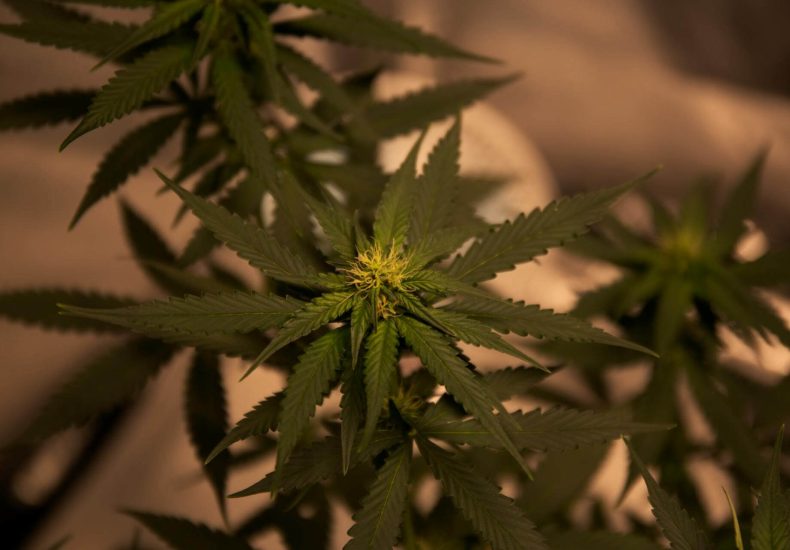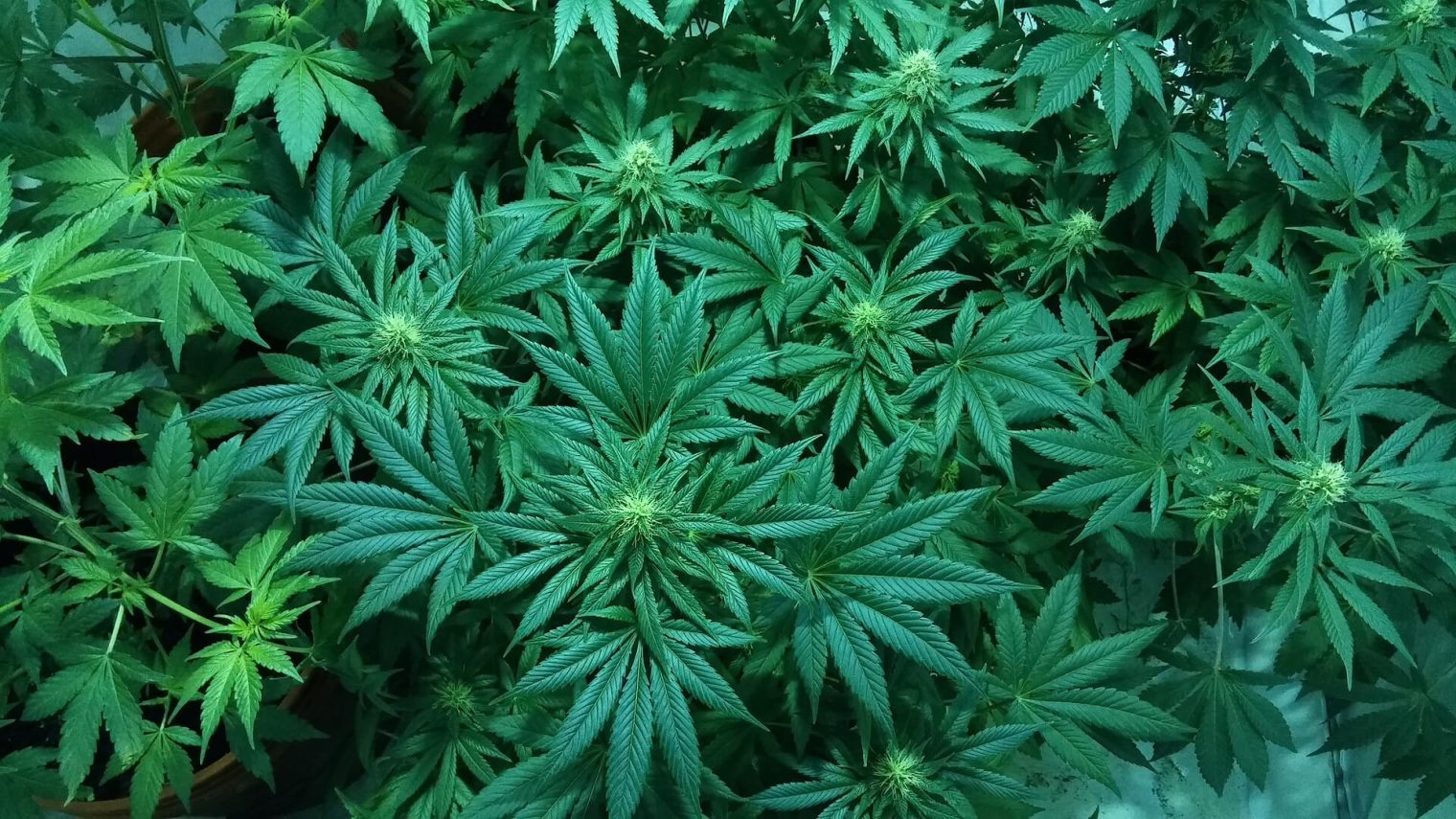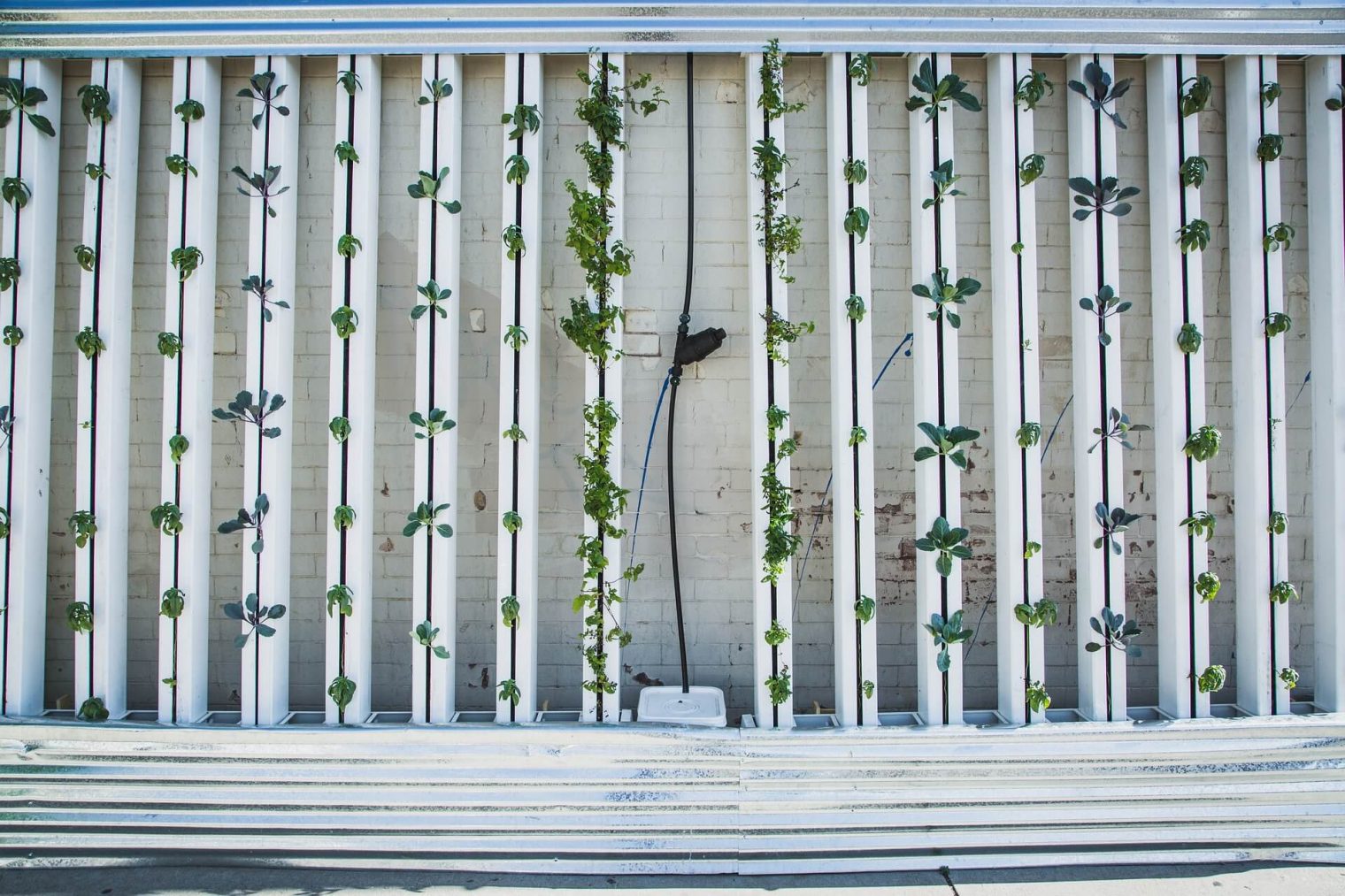 Cannabis
Cannabis
Table of Contents
Did you know that hydroponic weed growing is a very desirable method? As cannabis cultivation continues to grow in popularity and legality, hydroponic systems are becoming a preferred method for many growers. Hydroponics, the method of growing plants without soil, offers numerous benefits, including faster growth rates, higher yields, and better control over nutrients.
This guide will walk you through everything you need to know to successfully grow weed hydroponically in 2024, from setup to harvest. Let’s find out all there is to know about hydroponic weed growing.

Understanding Hydroponic Weed Growing
Hydroponics involves growing plants in a nutrient-rich water solution. Instead of soil, the roots are supported by an inert medium such as clay pellets, perlite, or rock wool. This method allows for precise control of nutrients and pH levels, leading to optimal plant growth.
Benefits of Hydroponic Cannabis Cultivation
Faster Growth: Plants grown hydroponically tend to grow 30-50% faster than those in soil because they have direct access to nutrients.
Higher Yields: With the right conditions, hydroponic systems can produce higher yields compared to traditional soil-based growing.
Pest and Disease Control: Without soil, there is a reduced risk of soil-borne diseases and pests.
Water Efficiency: Hydroponic systems use up to 90% less water than traditional soil growing, making them more environmentally friendly.
Setting Up Your Hydroponic System
Choosing the Right System
There are several types of hydroponic systems, each with its own advantages. The main types include:
Deep Water Culture (DWC): Plants are suspended in a nutrient solution, with roots submerged and air stones providing oxygen. This system is simple and effective for beginners.
Nutrient Film Technique (NFT): A thin film of nutrient solution flows over the roots, which are supported in a channel. This method is ideal for maximizing nutrient uptake and is often used in commercial setups.
Ebb and Flow (Flood and Drain): The nutrient solution periodically floods the grow tray and then drains back into the reservoir. This system is versatile and can support larger plants.
Drip System: Nutrient solution is dripped onto the base of each plant. This allows for precise control of nutrient delivery.
Aeroponics: Roots are suspended in the air and misted with nutrient solution. This advanced system offers the highest growth rates but requires more maintenance and expertise.
Essential Equipment for Hydroponic Weed Growing
Grow Lights: LED grow lights are the most efficient and effective option, providing the full spectrum of light needed for all growth stages.
pH and EC Meters: These tools are crucial for monitoring the pH and electrical conductivity (nutrient concentration) of your solution.
Nutrient Solutions: Cannabis-specific nutrient solutions ensure your plants receive the right balance of nutrients.
Air Pump and Air Stones: These provide oxygen to the roots in systems like DWC.
Growing Medium: Choose an inert medium such as clay pellets or rock wool to support the roots.
Reservoir: A container to hold your nutrient solution.
Timer: For systems like Ebb and Flow, a timer is necessary to automate the watering cycles.
The Growing Process
Germination and Seedling Stage
Germination: Start by soaking your seeds in water for 24 hours. Transfer them to a damp paper towel and keep them warm until they sprout.
Seedling Stage: Once the seeds have sprouted, transfer them to your growing medium. Keep the seedlings under a light source with a blue spectrum to promote vegetative growth.
Vegetative Stage
Lighting: Provide 18-24 hours of light per day. LED lights should be kept at an appropriate distance to avoid burning the plants.
Nutrients: Start with a lower concentration of nutrients and gradually increase as the plants grow. Monitor pH levels, keeping them between 5.5 and 6.5.
Temperature and Humidity: Maintain temperatures between 70-85°F (20-30°C) and humidity around 50-70%.
Flowering Stage
Lighting: Switch to a 12/12 light cycle (12 hours of light, 12 hours of darkness) to induce flowering. Use red spectrum lights to promote bud development.
Nutrients: Transition to a nutrient solution designed for flowering, which has higher levels of phosphorus and potassium.
Temperature and Humidity: Lower the humidity to 40-50% to prevent mold an d mildew. Maintain temperatures between 65-80°F (18-27°C).
d mildew. Maintain temperatures between 65-80°F (18-27°C).
Harvesting
When to Harvest: Look for trichomes (tiny resin glands) turning milky white or amber. Pistils (hairs on the buds) should be mostly brown.
Flushing: Flush your plants with plain water for the last two weeks of flowering to remove any residual nutrients, improving the taste and quality of your weed.
Harvesting: Cut the plants at the base and hang them upside down in a dark, cool room with good airflow to dry.
Curing
Drying: Dry the buds for about 7-10 days until the stems snap rather than bend.
Curing: Place the dried buds in airtight glass jars and store them in a cool, dark place. Open the jars daily for the first week to release moisture and prevent mold. Cure for at least 2-4 weeks for the best flavor and potency.
Troubleshooting Common Issues
Nutrient Burn: If the leaf tips turn brown, reduce the nutrient concentration.
pH Imbalance: Regularly check and adjust the pH to prevent nutrient lockout.
Pests: Inspect your plants regularly for signs of pests and use organic pesticides if necessary.
Root Rot: Ensure good oxygenation and avoid overwatering in systems like DWC.
Hydroponic Weed Growing in 2024
Growing cannabis hydroponically in 2024 offers numerous advantages, from faster growth and higher yields to better control over the growing environment. By understanding the different hydroponic systems and carefully managing your growing conditions, you can produce high-quality cannabis efficiently.
Whether you are a novice or an experienced grower, this guide provides the foundation you need to embark on your hydroponic growing journey. Hydroponic weed growing is the choice method of many modern-day growers. So it only makes sense to find out everything there is to know about it. Happy growing!


